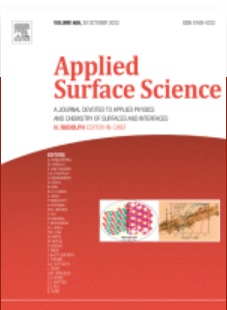In this study, we investigated the effect of periodic uniaxial strains on electron and phonon transports of polycrystalline and single-crystal molybdenum disulphide (MoS2) monolayers on a periodically corrugated sapphire surface. Analysis of micro-Raman, polarized photoluminescence and second harmonic generation results shows the anisotropy of the corrugation-induced strain in both single- and polycrystalline MoS2 monolayers. AFM topography measurements show periodically-rippled surfaces of the MoS2 in the nanometre scale. Our results show that the application of the periodic strain produces two major effects on the band structure of MoS2 monolayers: modulations on the band gap anisotropy and reduction of out-of-plane spin-relaxation time due to substrate-induced bending of MoS2. Spin memory loss, in other words, shortening the spin relaxation time, enables an electron spin-flip scattering process that can convert a formerly bright exciton to a dark exciton. Such conversion is reflected in decreasing intensity of photoluminescence and in the light intensity collected by scanning near-field microscope. Our results demonstrate the ability to control both the bandgap and exciton character in monolayer MoS2 via periodic strains imposed by corrugated sapphire substrates. This approach offers an effective means in designing novel electronic devices for photovoltaic applications. The bright-to-dark excitons conversion in photovoltaic devices can boast longer lifetimes than their bright exciton counterparts so they can be more efficiently collected by external electrodes. The strain-induced conversion of the bright-to-dark excitons makes the hybrid MoS2/corrugated sapphire structure an interesting platform for future photovoltaic applications.

